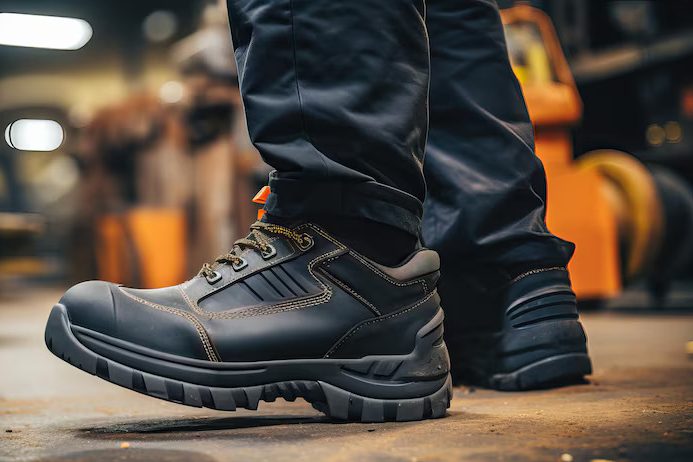In any workplace, ensuring the safety and well-being of employees should be a top priority. From implementing strict safety protocols to providing essential protective gear, every measure taken is aimed at safeguarding workers from potential hazards. However, one aspect that is often overlooked is the quality of safety shoes.
The Unseen Dangers of Subpar Safety Shoes
While safety shoes may seem like a minor consideration compared to other safety measures, their impact on worker's health and safety cannot be overstated. Poor-quality safety shoes not only fail to provide adequate protection but can also lead to a range of health issues and workplace accidents.
Understanding the Risks
Lack of Protection: Low-quality safety shoes may not meet industry standards for protection against common workplace hazards such as impact, compression, punctures, and slips. This leaves workers vulnerable to injuries that could have been prevented with proper footwear.
Comfort and Fit: Ill-fitting or uncomfortable safety shoes can cause discomfort and pain, leading to distractions and decreased productivity. Over time, this can contribute to chronic foot problems such as plantar fasciitis, bunions, and back pain.
Durability and Longevity: Cheaply made safety shoes are more likely to wear out quickly, requiring frequent replacements. This not only adds to the financial burden but also increases the risk of accidents due to worn-out or damaged footwear.
The Hidden Costs to Businesses
The impact of poor-quality safety shoes goes beyond the well-being of individual workers. For businesses, the consequences can be significant:
Increased Risk of Accidents: Workers wearing inadequate footwear are more susceptible to slips, trips, falls, and other workplace accidents. This can result in costly medical expenses, worker's compensation claims, and potential legal liabilities.
Lost Productivity: Uncomfortable or ill-fitting safety shoes can lead to decreased morale and productivity among workers. Absenteeism and turnover rates may also increase as employees seek relief from foot-related discomfort.
Reputation Damage: A workplace with a reputation for prioritizing safety is more attractive to both employees and customers. Conversely, a string of accidents or injuries due to subpar safety equipment can tarnish a company's image and credibility.
Investing in Quality
Given the potential risks and costs associated with poor-quality safety shoes, investing in high-quality footwear is a smart business decision. Here are some tips for ensuring workers have the protection they need:
Research and Select Carefully: Take the time to research reputable safety shoe brands known for their quality and reliability. Look for footwear that meets industry standards and provides adequate protection for the specific hazards present in your workplace.
Prioritize Comfort and Fit: Choose safety shoes that offer proper support, cushioning, and a comfortable fit. Consider factors such as arch support, toe room, and breathability to ensure optimal comfort and performance.
Provide Training and Education: Educate workers on the importance of wearing quality safety shoes and how to identify signs of wear or damage. Encourage them to report any issues promptly and provide access to replacement footwear as needed.
Conclusion
In the quest to create a safe and healthy work environment, every detail matters. By prioritizing the quality of safety shoes, businesses can protect their most valuable asset—their employees—while also safeguarding their bottom line. Investing in high-quality footwear is not just a matter of compliance; it's a proactive step towards preventing accidents, reducing costs, and promoting a culture of safety and well-being in the workplace.








